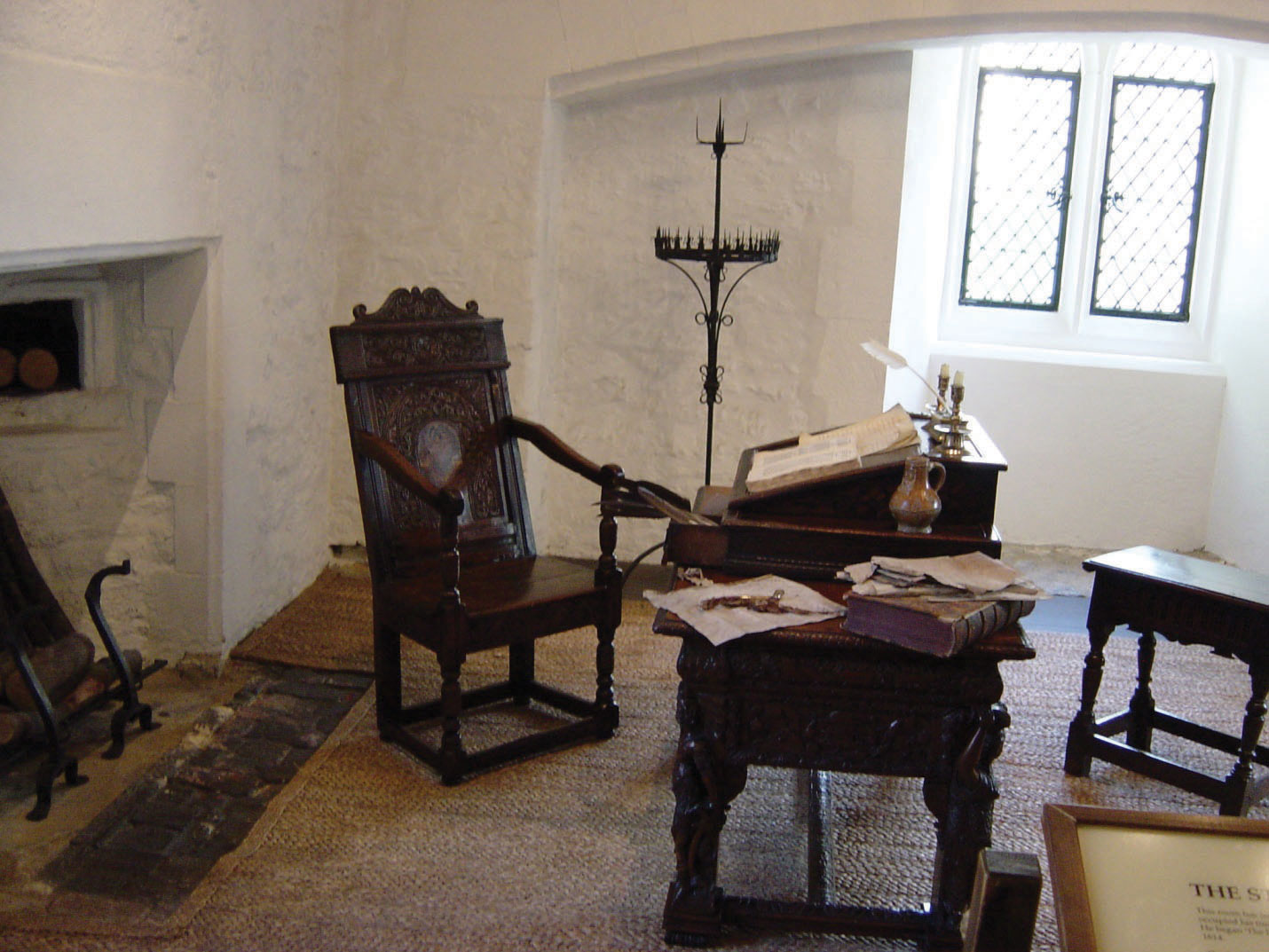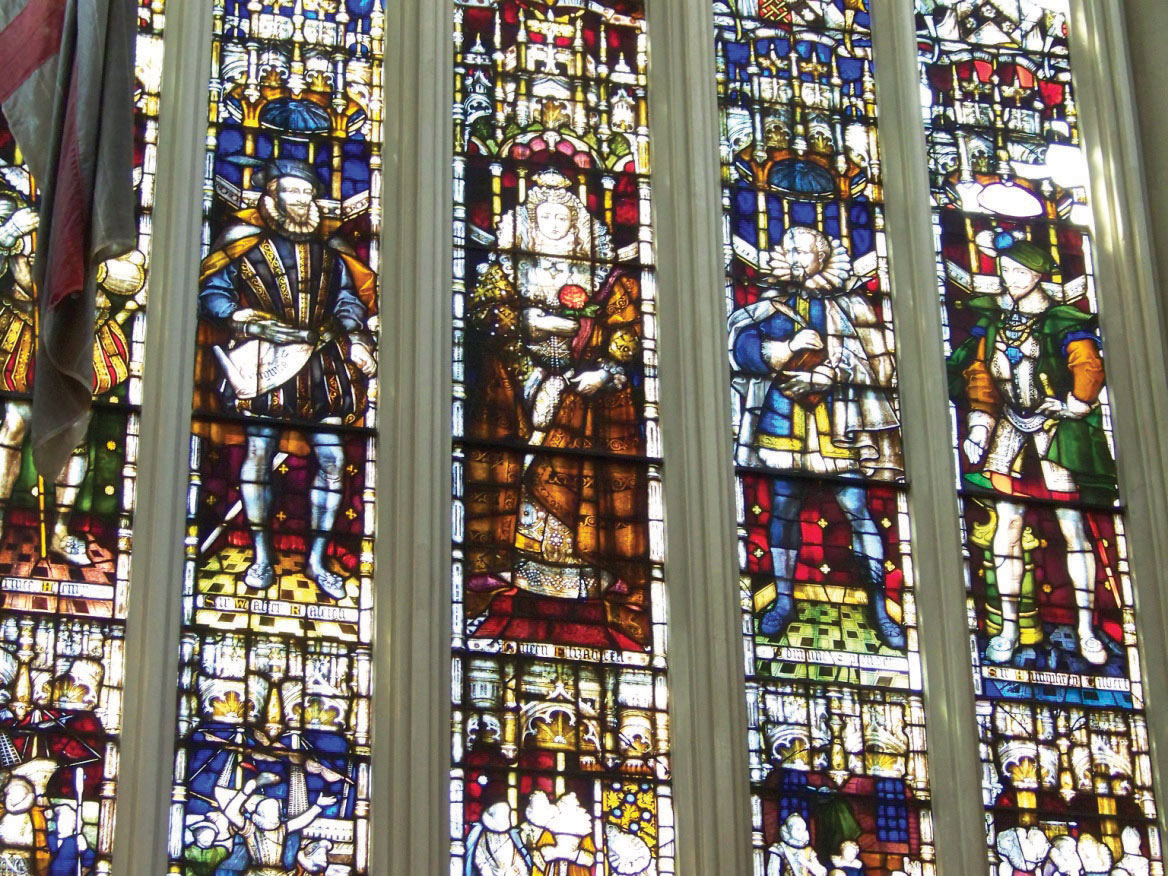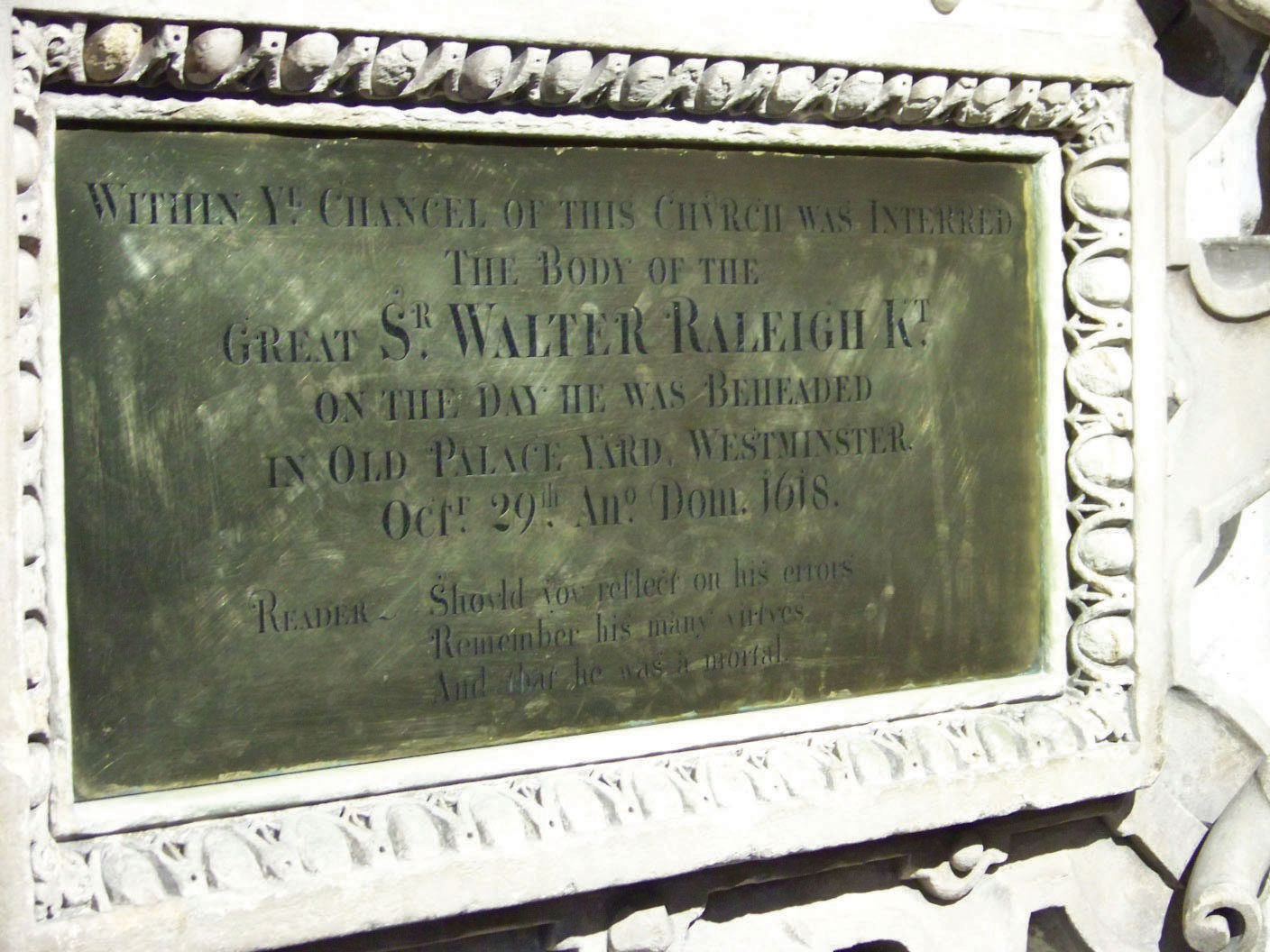This is “Sir Walter Ralegh (1552–1618)”, section 3.5 from the book British Literature Through History (v. 0.1). For details on it (including licensing), click here.
For more information on the source of this book, or why it is available for free, please see the project's home page. You can browse or download additional books there. To download a .zip file containing this book to use offline, simply click here.
3.5 Sir Walter Ralegh (1552–1618)
PLEASE NOTE: This book is currently in draft form; material is not final.
Learning Objectives
- Analyze the Nymph’s response to the elements of the pastoral mode in “The Nymph’s Reply to the Shepherd.”
“The Nymph’s Reply to the Shepherd”
One of many replies to Marlowe’s “The Passionate Shepherd to His Love” is “The Nymph’s Reply to the Shepherd” written by Sir Walter Ralegh. Rather than the idealistic view of life seen in Marlowe’s poem, Ralegh’s reply concentrates on the transitory nature of earthly joys. When considered in the light of Ralegh’s biography, the poem’s bitterness seems to reflect the author’s own experiences. Although Ralegh was for a time a great favorite of Queen Elizabeth and a renowned, successful explorer of the New World, establishing the Roanoke Colony, he fell from favor when he married one of the Queen’s ladies-in-waiting without the Queen’s permission. After the death of Elizabeth I and the succession of James I, Ralegh’s influence in court fell. Disillusioned and angered by his declining status and resultant financial difficulties, he apparently took part in a failed conspiracy against the King and was imprisoned in the Tower of London. A letter written to his wife before his execution reveals Ralegh’s bitterness about his fate.

Text
- “The Nymph’s Reply.” Representative Poetry Online. Ian Lancashire, Department of English. University of Toronto. University of Toronto Libraries.
- “The Nymph’s Reply to the Shepherd.” Anniina Jokinen. Luminarium.
Sidebar 3.2.
If all the world and love were young,
And truth in every shepherd’s tongue,
These pretty pleasures might me move
To live with thee and be thy love.
Time drives the flocks from field to fold,
When rivers rage and rocks grow cold;
And Philomel becometh dumb;
The rest complains of cares to come.
The flowers do fade, and wanton fields
To wayward winter reckoning yields:
A honey tongue, a heart of gall,
Is fancy’s spring, but sorrow’s fall.
The gowns, thy shoes, thy beds of roses,
Thy cap, thy kirtle, and thy posies
Soon break, soon wither, soon forgotten,—
In folly ripe, in reason rotten.
Thy belt of straw and ivy buds,
Thy coral clasps and amber studs,
All these in me no means can move
To come to thee and be thy love.
But could youth last and love still breed,
Had joys no date nor age no need,
Then these delights my mind might move
To live with thee and be thy love.
Sidebar 3.3.
Sir Walter Raleigh is perhaps best known to Americans as one of the first to attempt to colonize the New World. The colony he established in Virginia (named for Elizabeth I, the Virgin Queen) has become known as the lost colony of Roanoke. Raleigh and a group of the settlers returned to England for supplies, and when the settlers, without Raleigh, returned the entire colony had disappeared. He is also well known for a story, unlikely to be true, that when Queen Elizabeth visited his ship, he threw his cloak over a mud puddle so that she would not have to get her shoes wet or muddy, a gesture more impressive when one considers the cost of the materials needed to make a gentleman’s cloak in the 16th century. He’s also known for introducing tobacco to England.
Imprisoned when the Queen discovered he had married one of her ladies-in-waiting without her permission, Raleigh was eventually released although he remained out of favor with the Queen for many years. After Elizabeth I’s death, Raleigh was again imprisoned in the Tower of London, accused of plotting against the new King James I. Although he was sentenced to death, the sentence was not carried out, and Raleigh eventually was released to lead another expedition in search of riches in the New World. During this expedition, his troops attacked a Spanish settlement, and the Spanish demanded that King James I carry out the death sentence earlier imposed. Raleigh was beheaded and buried in St. Margaret’s Church.
Figure 3.4

Figure 3.4. shows the room in the Tower of London in which Raleigh was imprisoned. Wealthy prisoners often lived in relative comfort while in captivity. Their families and friends were allowed to purchase food, fuel for heat, and other comforts for the prisoners. Here Ralegh began to write A History of the World, a work which he never finished.
Figure 3.5

Figure 3.5. shows the stained glass window in St. Margaret’s church which commemorates Sir Walter Raleigh as one of Elizabeth I’s favorites. Raleigh is the figure to the left of Elizabeth I in the center.
Figure 3.6

The plaque in Figure 3.6. states that Sir Walter Raleigh is interred in St. Margaret’s Church.
Key Takeaway
- Sir Walter Raleigh’s reply to Marlowe’s “The Passionate Shepherd to His Love” emphasizes the transitory nature of pastoral pleasures.
Exercises
- Compare the content of Marlowe’s “The Passionate Shepherd to His Love” and Raleigh’s “The Nymph’s Reply to the Shepherd.” What specific natural items referred to in Marlowe’s poem does the Nymph mention?
- How does the young woman (the “nymph”) in Raleigh’s poem answer the shepherd? What is her reasoning for her answer?
- How would you characterize the tone of the Nymph’s reply?
Resources: Walter Raleigh
Biography
- “Sir Walter Ralegh (1562–1618). Anniina Jokinen. Luminarium.
- Walter Raleigh. Historic Figures. BBC.
- “Letter: Sir Walter Raleigh Bids Farewell to His Wife a Few Hours Before He Expects to be Executed.” Anniina Jokinen. Luminarium.
Text
- “The Nymph’s Reply.” Representative Poetry Online. Ian Lancashire. Department of English, University of Toronto. University of Toronto Libraries.
- “The Nymph’s Reply to the Shepherd.” Anniina Jokinen. Luminarium.
Audio
- “The Nymph’s Reply to the Shepherd.” Eaglesweb.com Audio Anthology of Lyrical Poetry in Modern English. Recorded by Walter Rufus Eagles.
- “The Nymph’s Reply to the Shepherd.” LibriVox.




